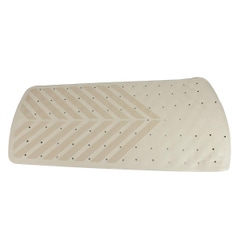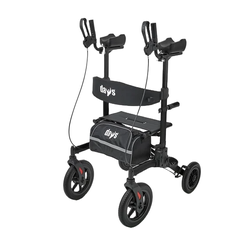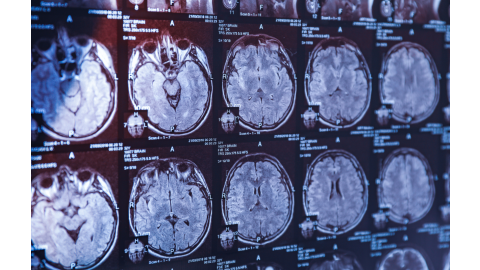As a physical therapist, you play a pivotal role in protecting your patients from falls—the leading cause of injury among older adults. With over 36 million falls annually in the United States resulting in more than 32,000 deaths, addressing this issue is both a professional responsibility and an opportunity to improve patient outcomes. This guide offers actionable insights into prevention strategies, patient care tips, and tools to empower your practice.
Key Takeaways
-
Assess Risk Proactively: Screen every patient for fall risk during routine evaluations.
-
Incorporate Evidence-Based Interventions: Use strength and balance exercises tailored to individual needs.
-
Engage Patients Through Education: Empower them with strategies to reduce risks at home and in daily activities.
-
Utilize Assistive Tools: Recommend appropriate devices and ensure proper training in their use.
-
Leverage Community and Policy Resources: Advocate for programs and policies that expand care options for fall prevention.
Table of Contents
Why Falls Prevention Matters
Comprehensive Screening and Assessment
Individualized Strength and Balance Training
Environmental and Home Safety Recommendations
Effective Use of Assistive Devices
Medication and Vision Coordination
Expanding Care with Community Programs and Policies
Why Falls Prevention Matters
As a physical therapist, you are uniquely equipped to identify and address risk factors that predispose patients to falls. Beyond the physical injuries, falls can lead to psychological consequences, including fear of falling and reduced activity levels. By intervening early, you can significantly improve patient safety and confidence.
Comprehensive Screening and Assessment
Screening for fall risk should be a routine part of patient evaluations. Key components include:
- Berg Balance Scale (BBS): Measures static and dynamic balance.
- Timed Up and Go Test (TUG): Assesses mobility and fall risk.
- Functional Reach Test: Evaluates the ability to reach forward without losing balance.
- 30-Second Chair Stand Test: Determines lower body strength.
- Functional Tests: Use the Berg Balance Scale or Timed Up and Go Test to evaluate strength and balance deficits.
- Home Safety Assessments: Collaborate with patients to identify potential hazards and recommend modifications.
- Medical and Medication Reviews: Evaluate comorbidities and medications that may contribute to dizziness or instability.
Consider offering complimentary screenings to attract new patients and demonstrate your proactive approach to care. Document findings using CPT codes such as 96110 and 97112 for reimbursement.
Individualized Strength and Balance Training
Evidence-based exercise programs are at the core of fall prevention. Tailor interventions to patient abilities:
- Strength Training: Focus on lower extremity strength using exercises like chair stands.
- Balance Practice: Incorporate tandem walking and single-leg stances.
- Group Programs: Refer patients to structured classes like Tai Chi or Otago Exercise Program for additional benefits.
Environmental and Home Safety Recommendations
Patients’ environments often contribute to fall risk. Recommend actionable changes, including:
- Adding grab bars and non-slip mats in bathrooms.
- Ensuring proper lighting throughout the home.
- Removing or securing loose rugs and other trip hazards.
Effective Use of Assistive Devices
Assistive devices can enhance mobility and safety when used correctly. Fit devices like walkers and canes to the individual’s needs and provide training to ensure proper use.
Medication and Vision Coordination
Collaborate with healthcare providers to manage medications that could increase fall risk. Regular vision checks are equally important to address impairments that affect depth perception and balance.
Expanding Care with Community Programs and Policies
Encourage participation in local fall prevention programs such as "Matter of Balance" or "Stepping On." Advocate for the expansion of policies like the SAFE Act, which could broaden Medicare coverage for fall prevention services, making them more accessible to patients.
Recommended Products
References
- Centers for Disease Control and Prevention. (2020). "Important Facts About Falls." Retrieved from CDC
- Sherrington, C., et al. (2019). "Exercise to Prevent Falls in Older Adults." British Journal of Sports Medicine, 53(19), 1348-1354.
- American Physical Therapy Association. (n.d.). "Balance and Falls." Retrieved from APTA
- National Council on Aging. (2023). "Fall Prevention Programs and Medicare Coverage." Retrieved from NCOA
Medical Disclaimer: The information provided on this site, including text, graphics, images, and other material are for informational purposes only and are not intended to substitute for professional medical advice, diagnosis, or treatment. Always seek the advice of your physician or other healthcare professional with any questions or concerns you may have regarding your condition.








 France
France Australia
Australia




















